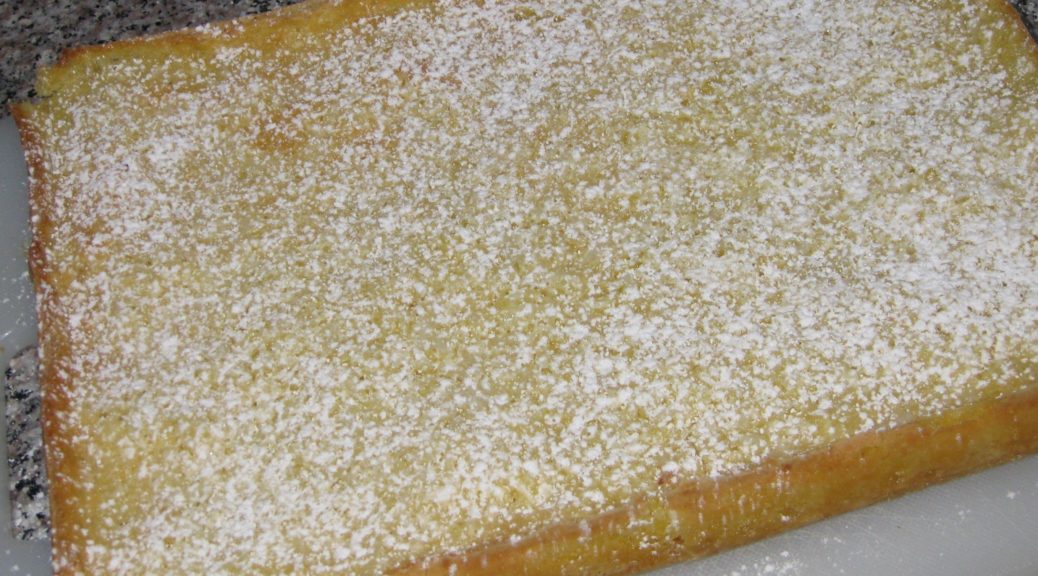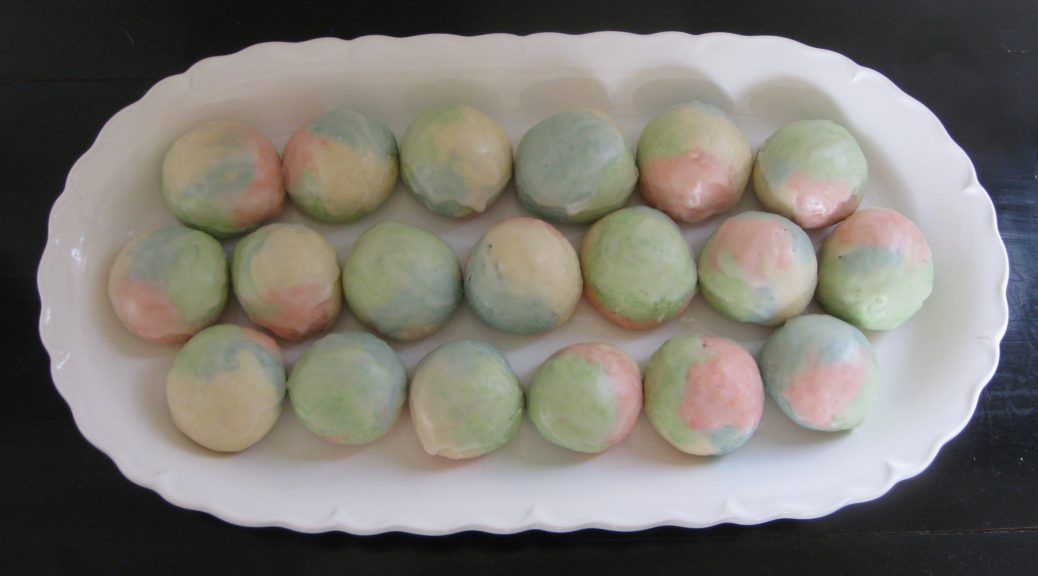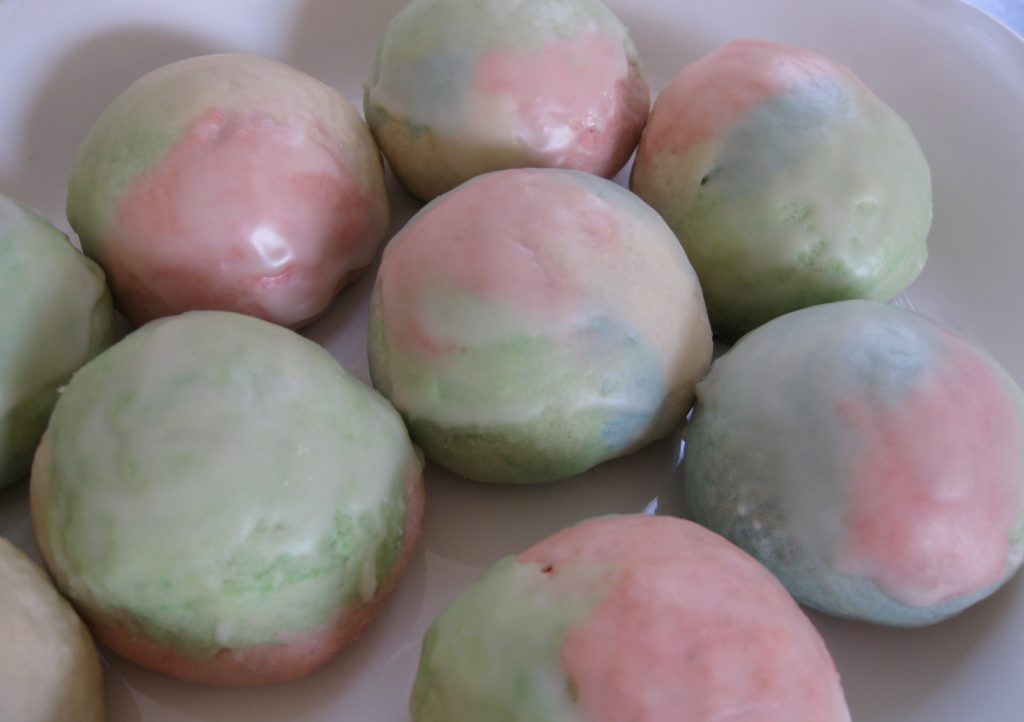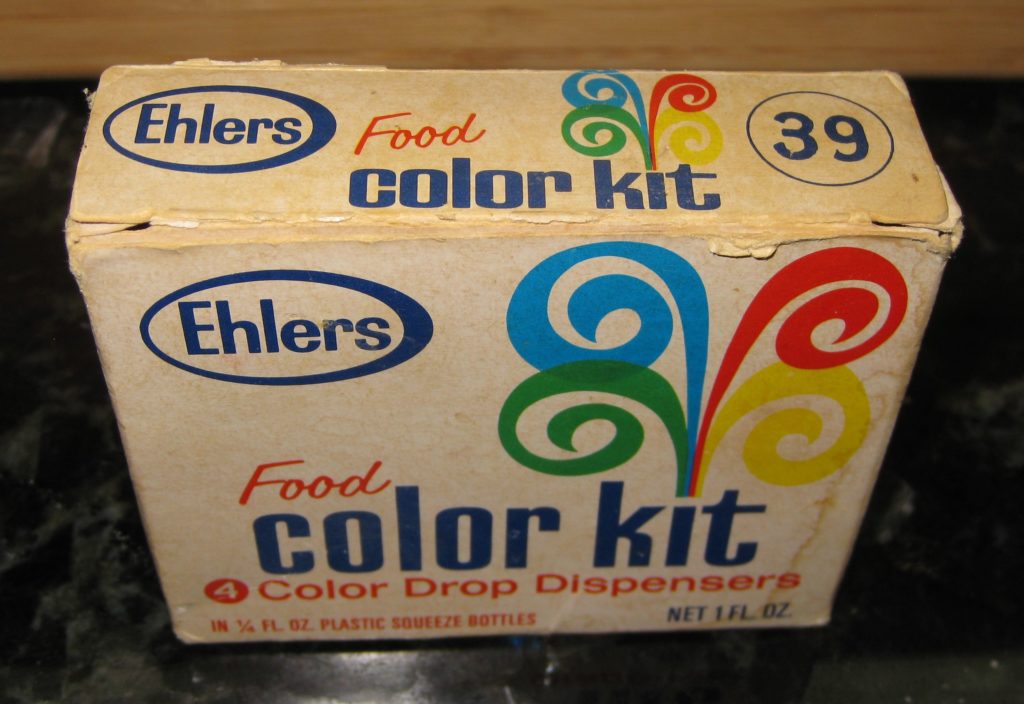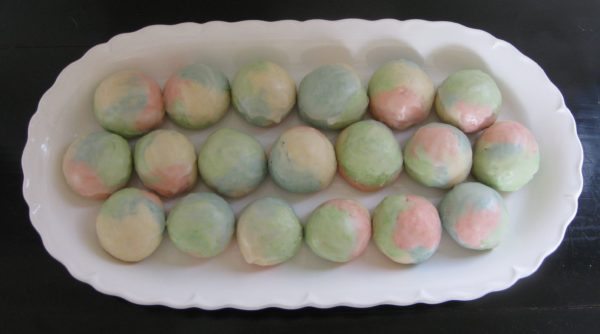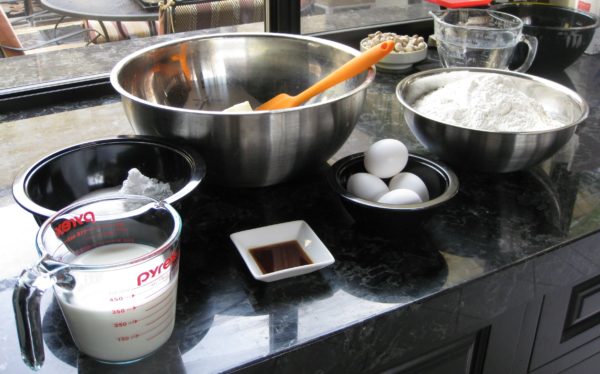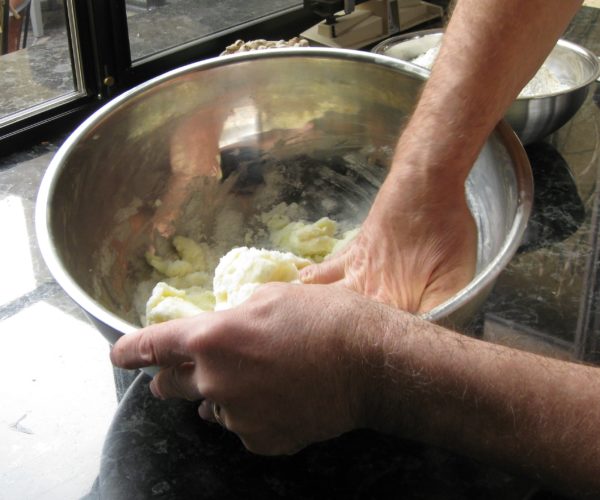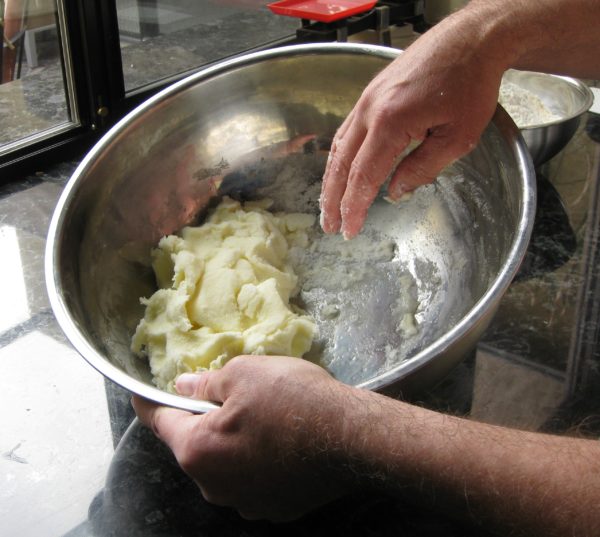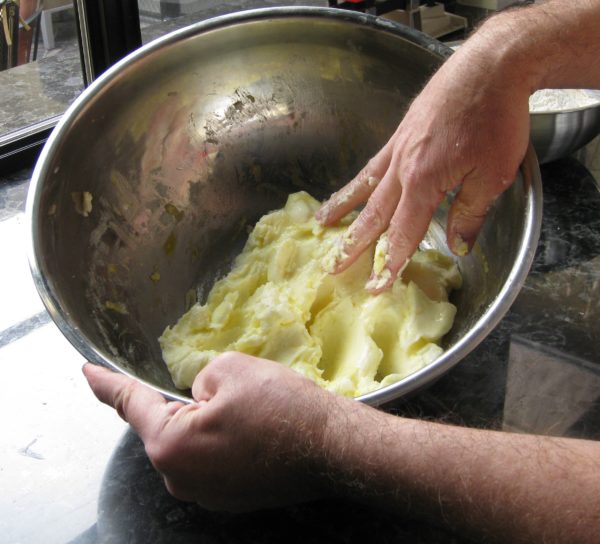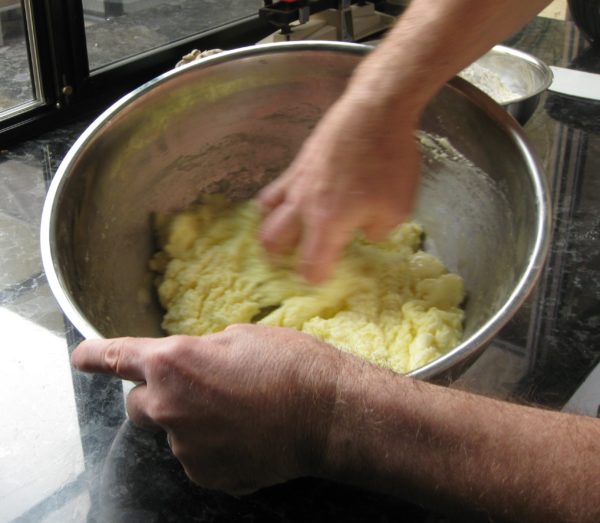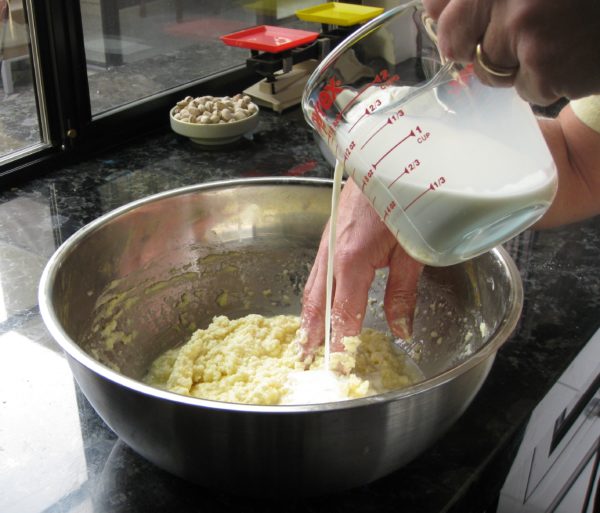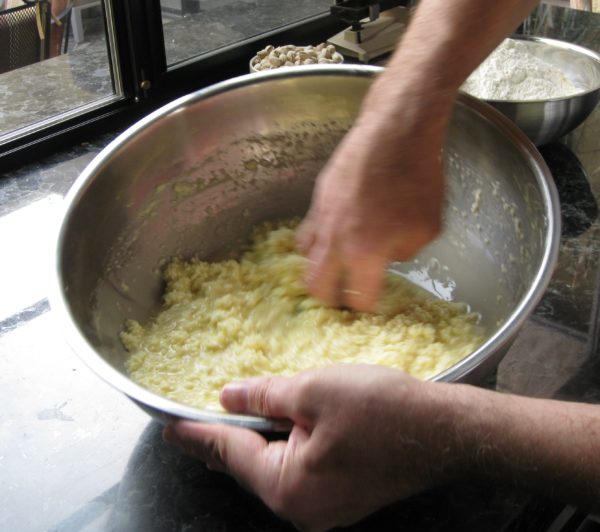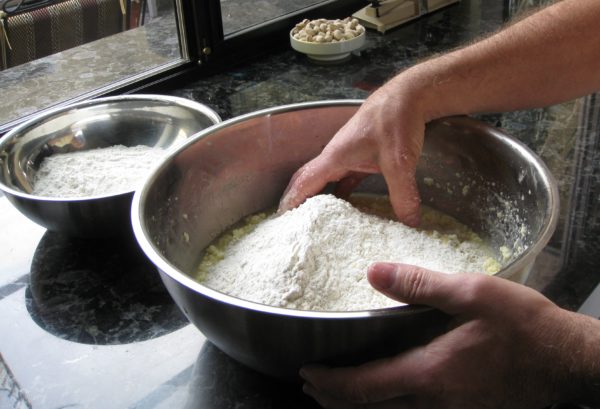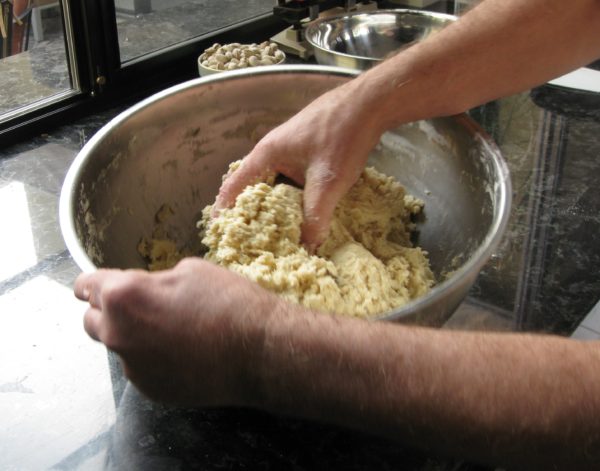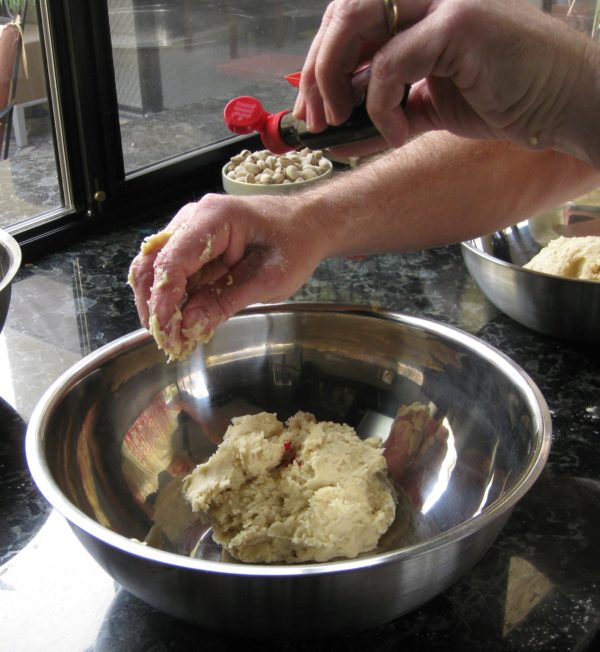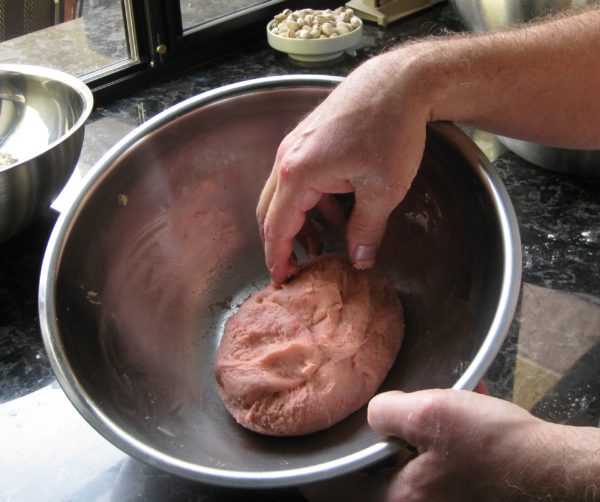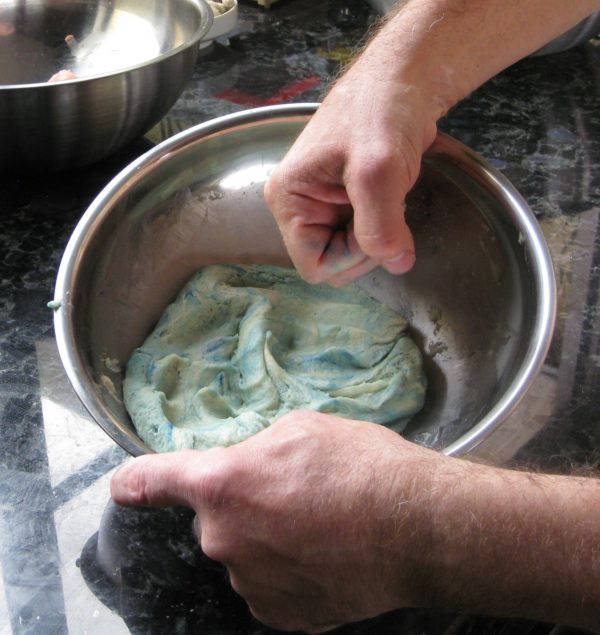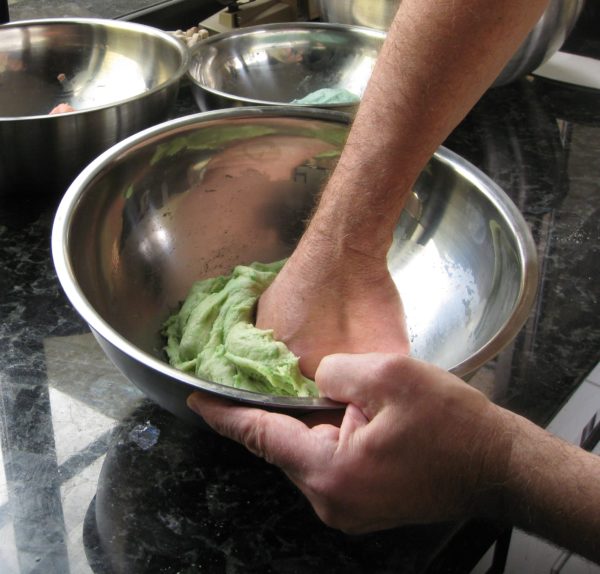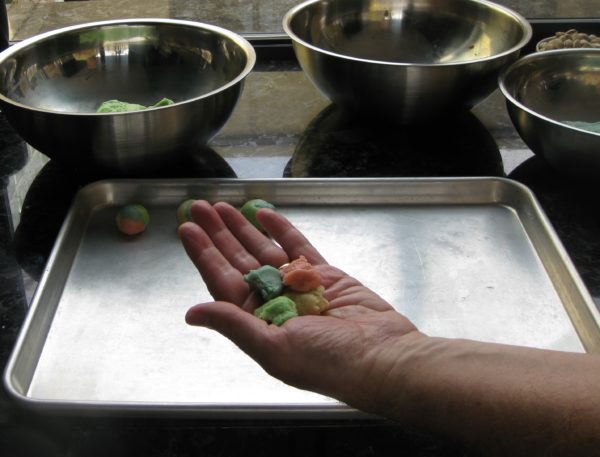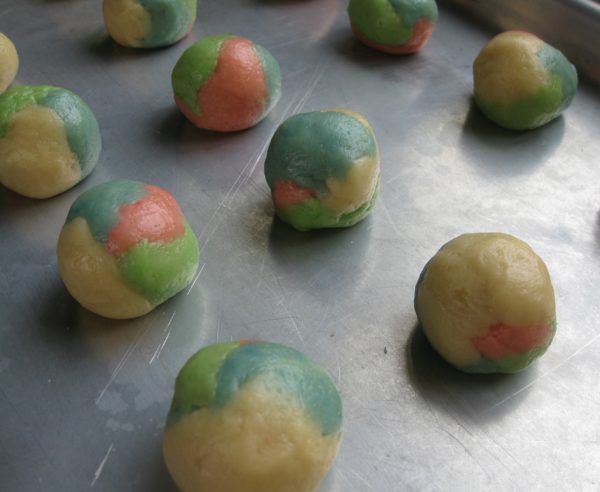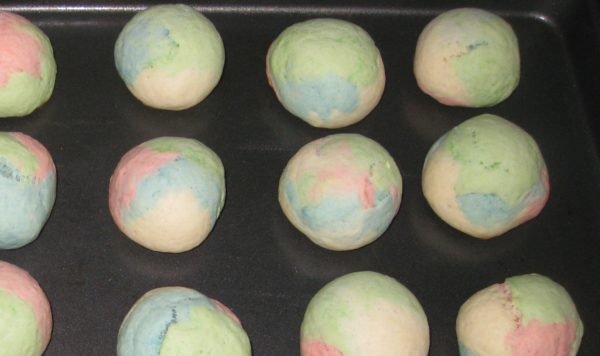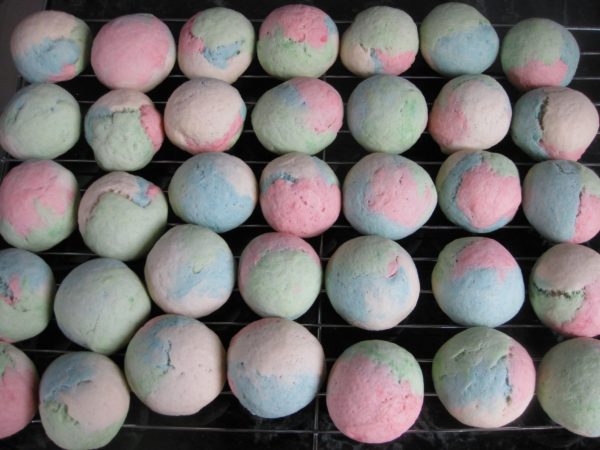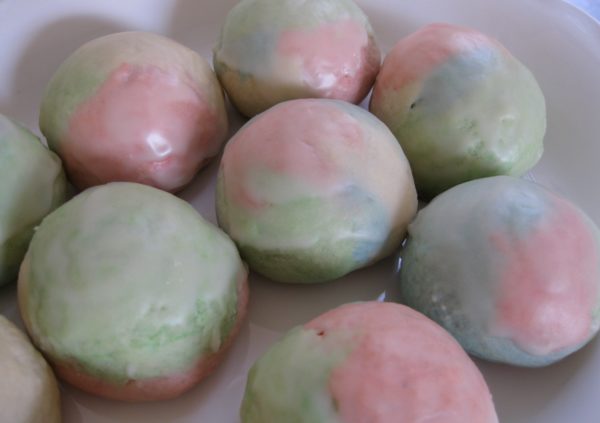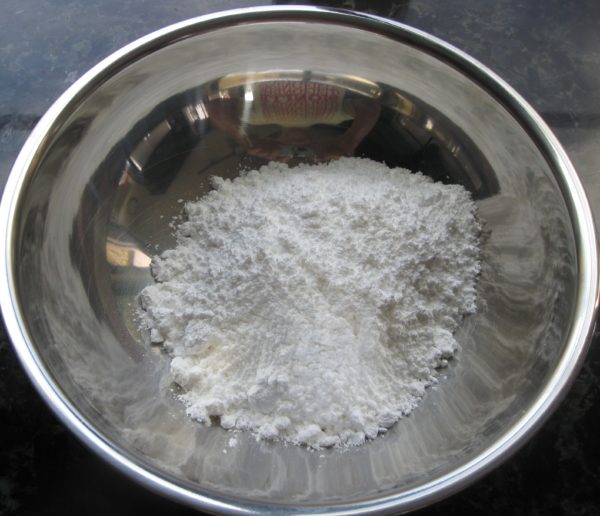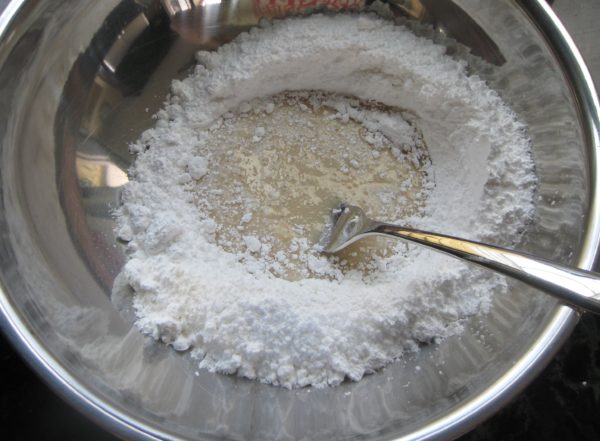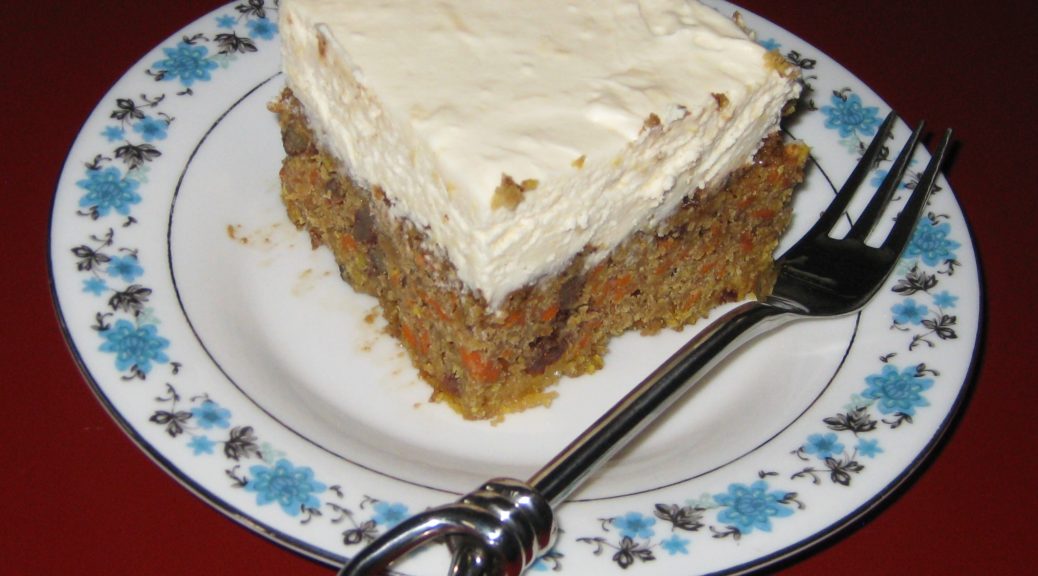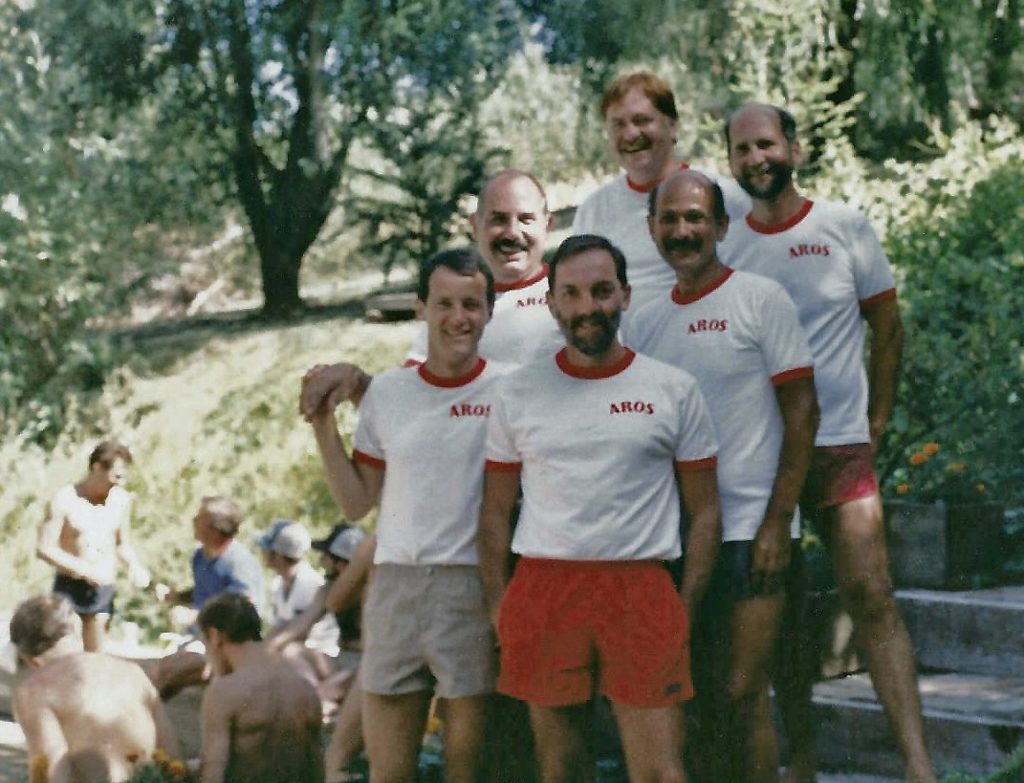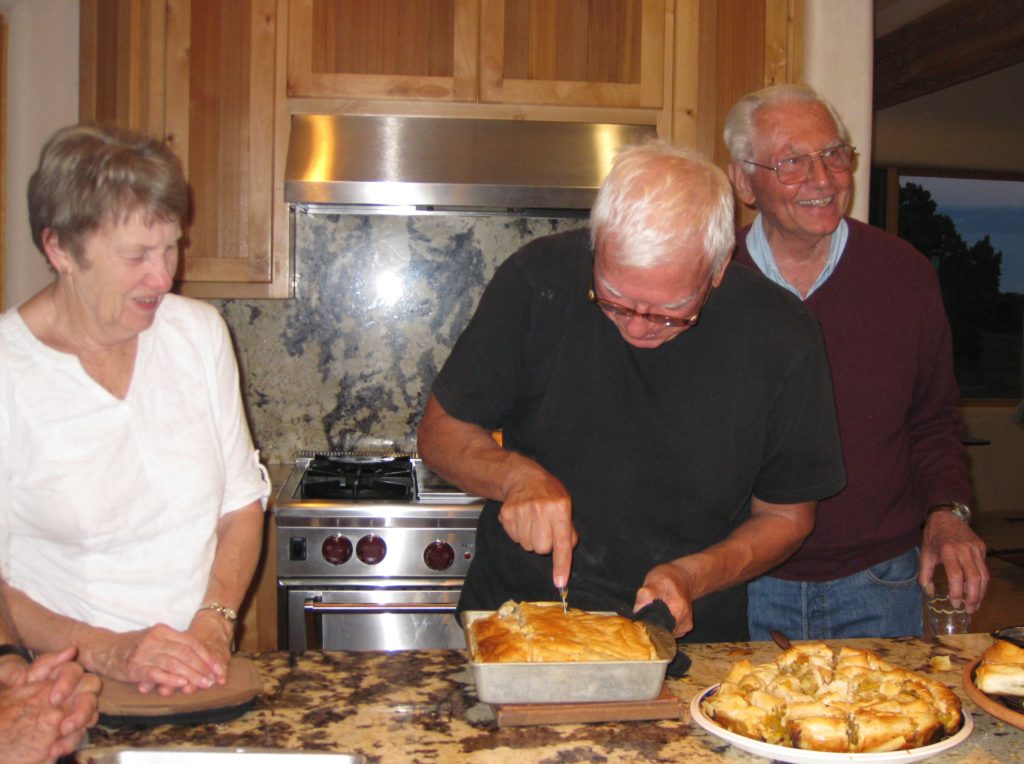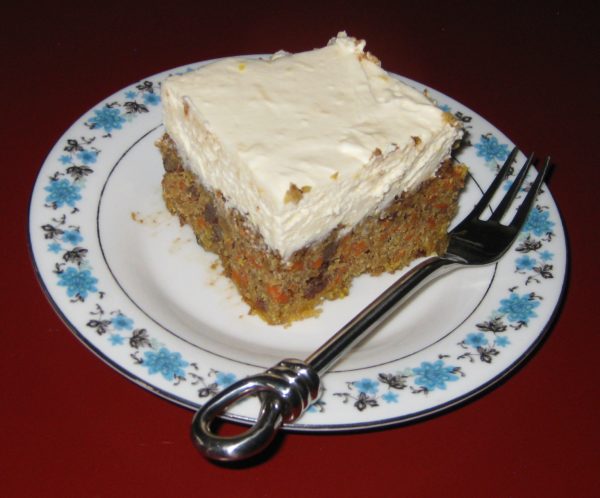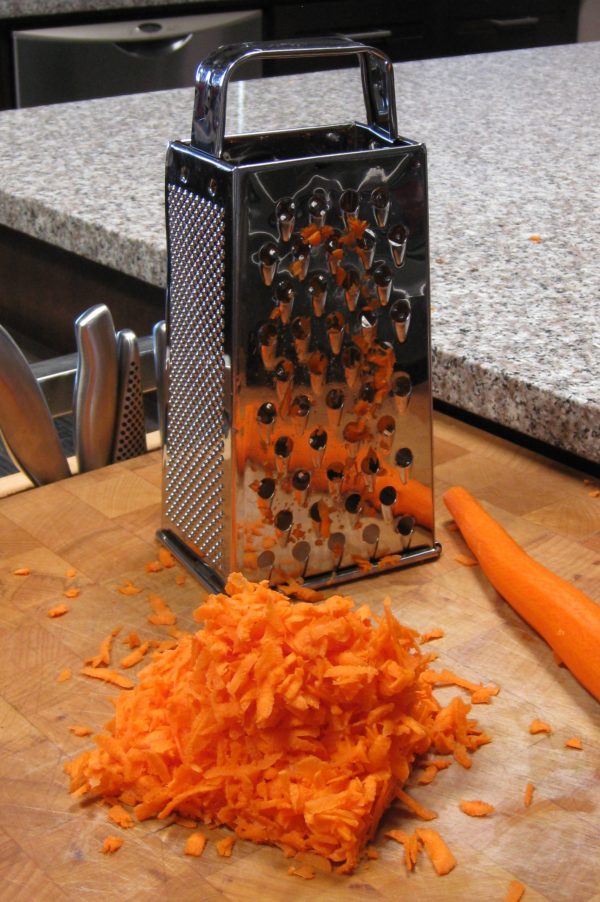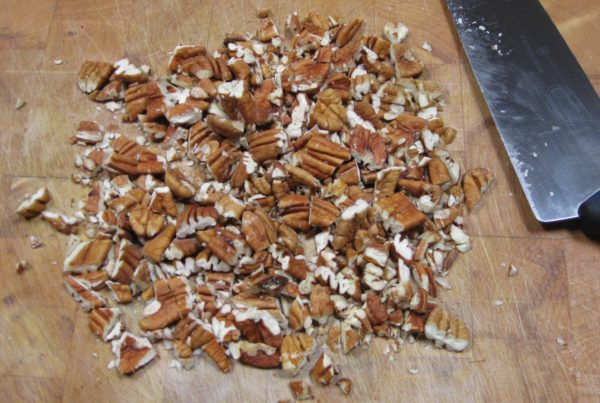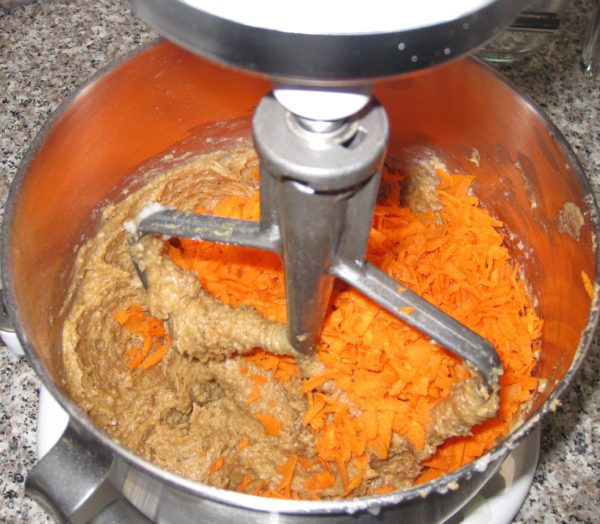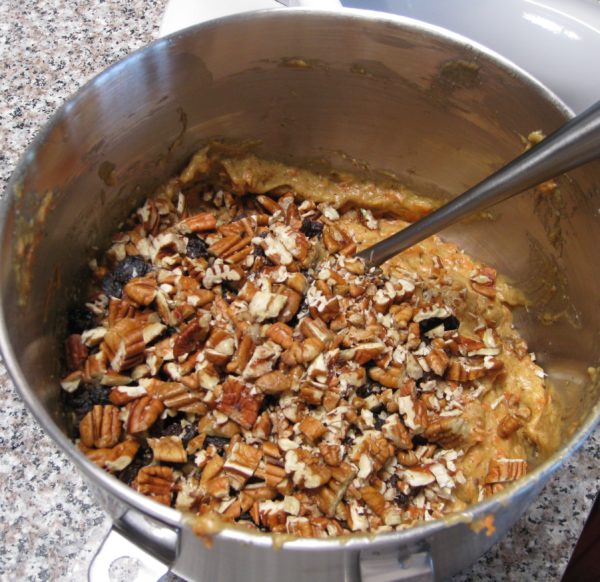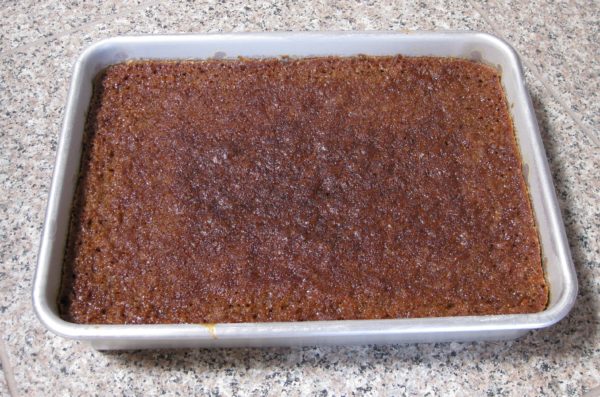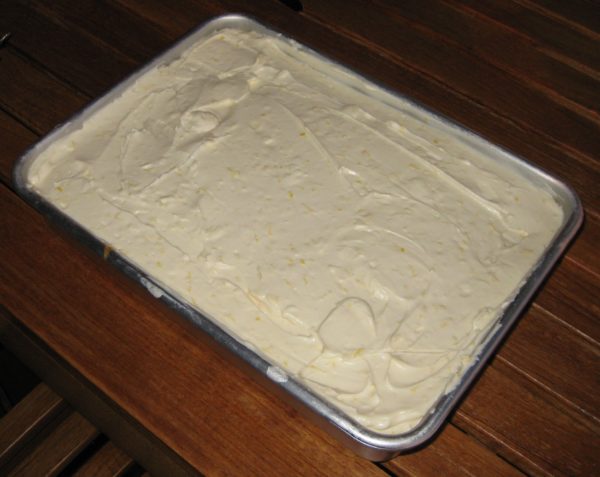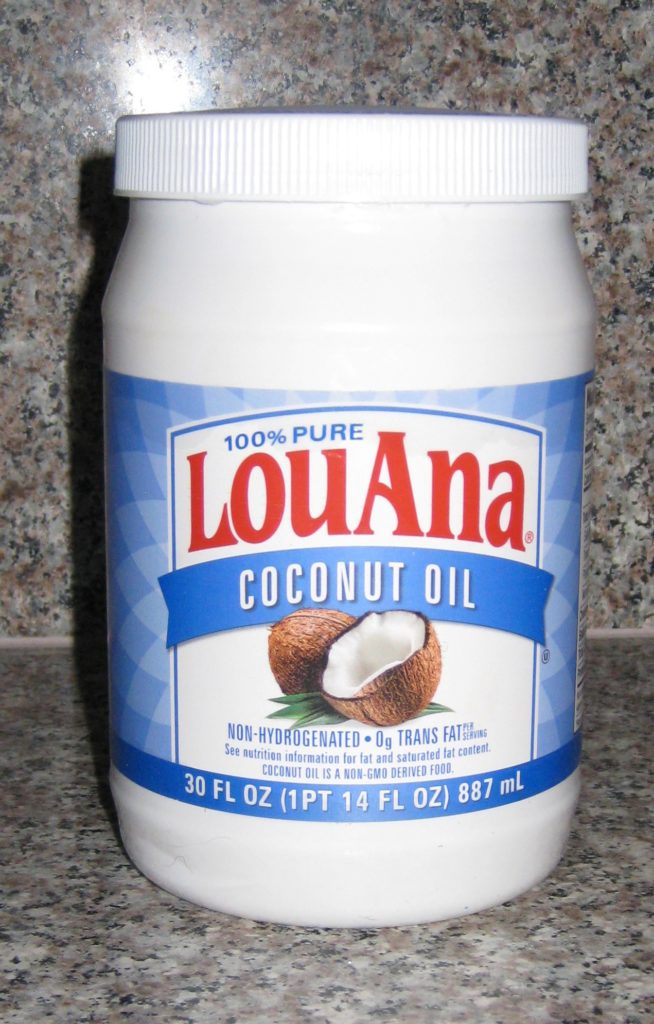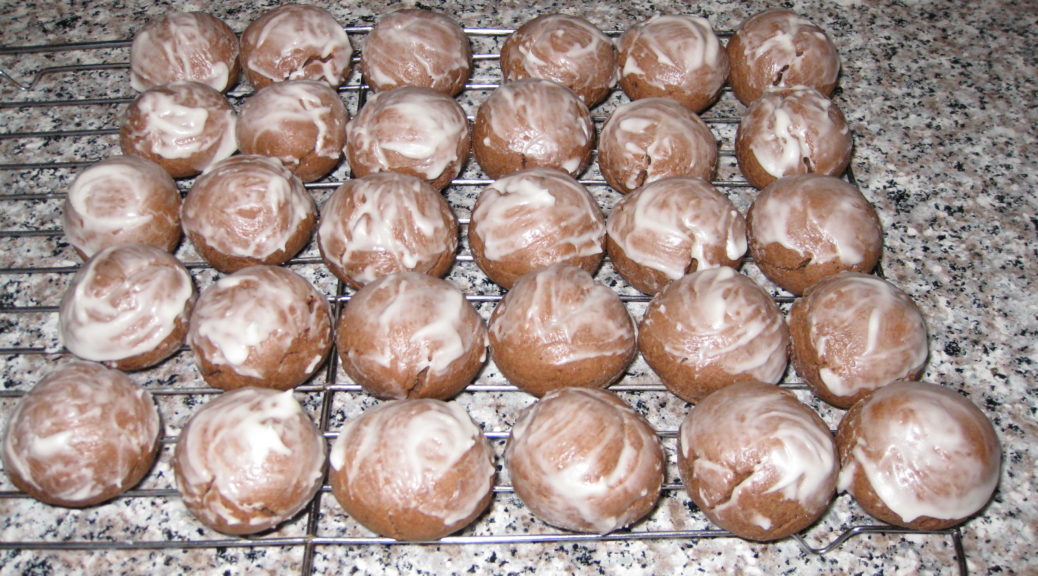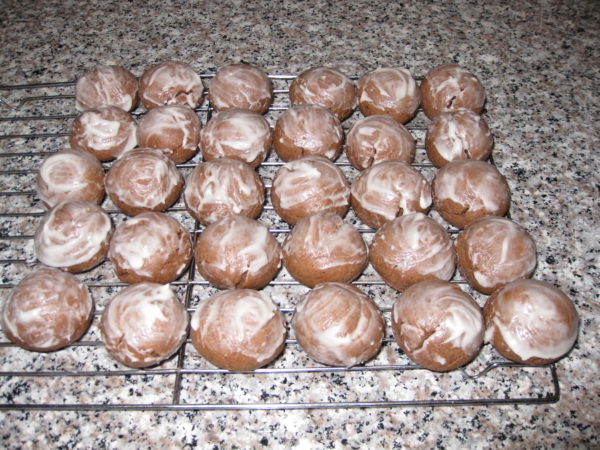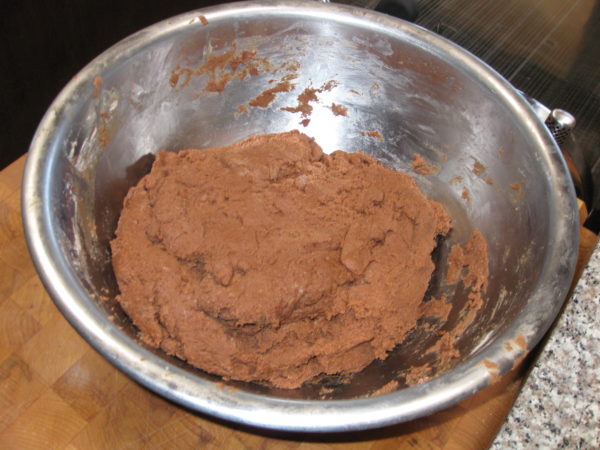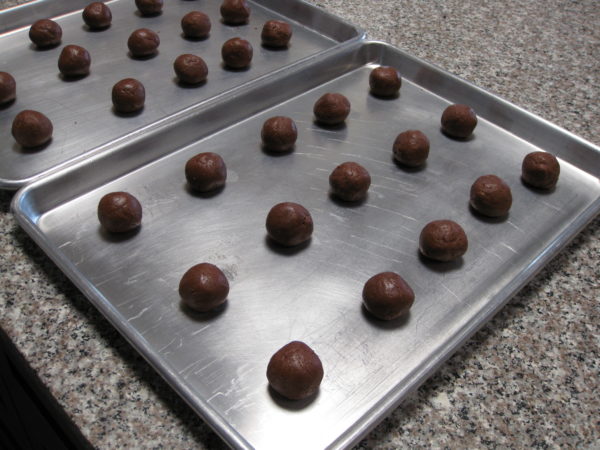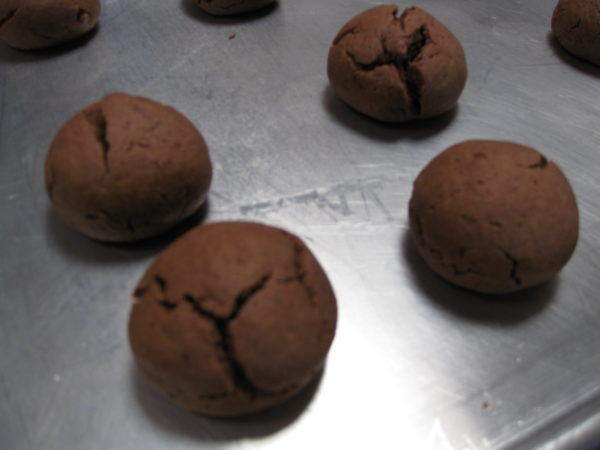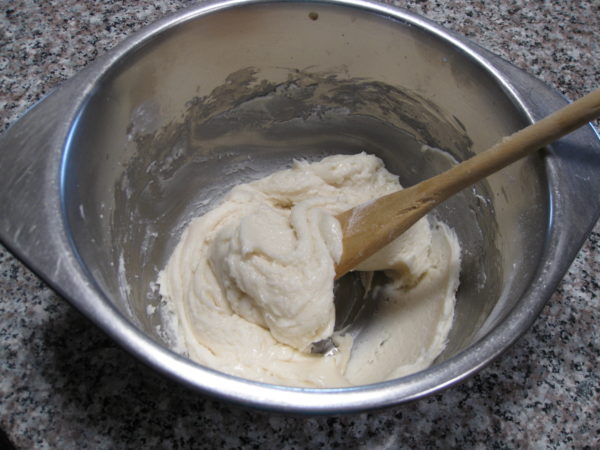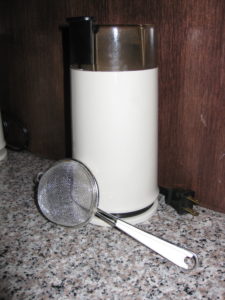July 4, 2018
Happy Fourth of July!!!
I’m posting this recipe today because it is one of the three desserts that I typically serve on the Fourth of July. The other two are Dulce de Leche Cheesecake Bars and Nick Maglieri’s Supernatural Brownies.
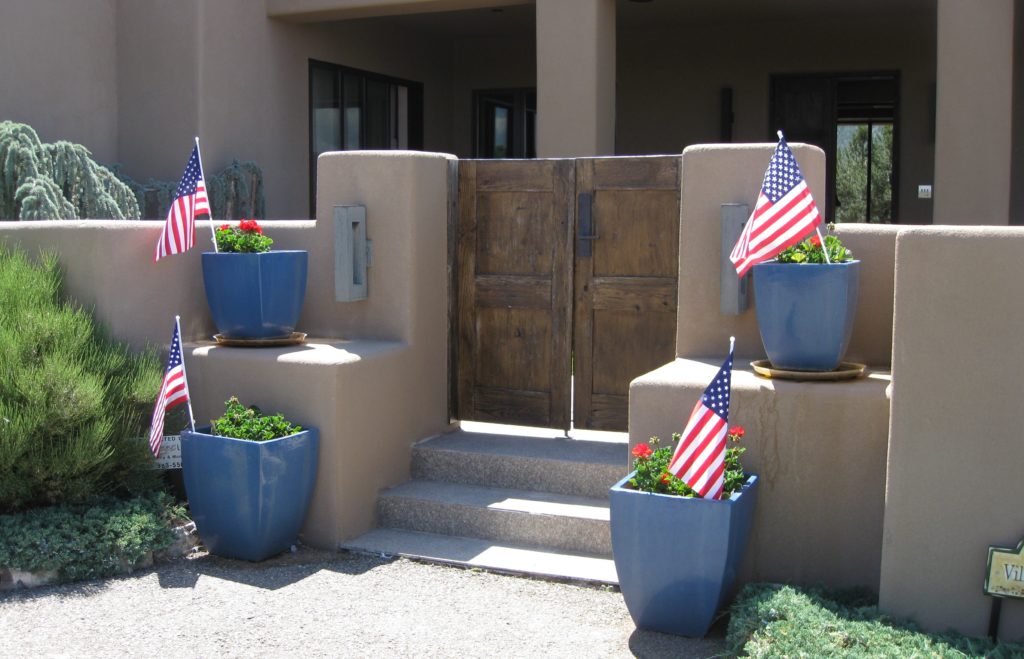
The first year that these three became our traditional dessert course, one of our guests, after tasting them, commandeered the platter and started serving the other guests. He introduced the dessert as “Sex on a platter!”
That was the moment when I knew I could not make changes to the dessert course without proof that the changes would actually be an improvement rather than just different.
Join our mailing list and you’ll never miss a recipe again!
The three desserts make a winning combination.

This year, we are not throwing our usual Fourth of July party. Instead, we are spending two weeks on Fire Island.
For the last five and a half years, my husband, Frank, has been working in Alamogordo, New Mexico, a four-hour drive from our home in Santa Fe. With rare exceptions, we’ve only seen each other on weekends during this time. The trip to Fire Island is a celebration of his last day of work in Alamogordo which was this past Friday.

Even when not part of the Fourth of July dessert trifecta, these lemon bars get great reviews but I have to apologize a bit to Zia Ida.
Zia Ida is my husband’s Aunt Ida. Zia is the Italian word for aunt.

I still consider these to be her lemon bars even though I’ve tweaked her recipe. I added the lemon zest as her original recipe only called for the juice. I think the zest adds layers of lemon flavor as the essential oils are way more lemony than the juice. I also like to add coconut, though it wasn’t part of the original recipe and can certainly be left out. Since I like my lemon bars tart, I increased the lemon juice from the original 5 tablespoons.
These lemon bars are not fussy to make. I’ve seen fussy recipes that include steps like precooking the filling and diddling with the crust. I don’t think either of those steps would improve the flavor and they’d definitely increase the work involved.

If you have a favorite recipe for some sort of dessert bar, I’d love to see it. In the meantime, I hope you enjoy Zia Ida’s Lemon Bars.
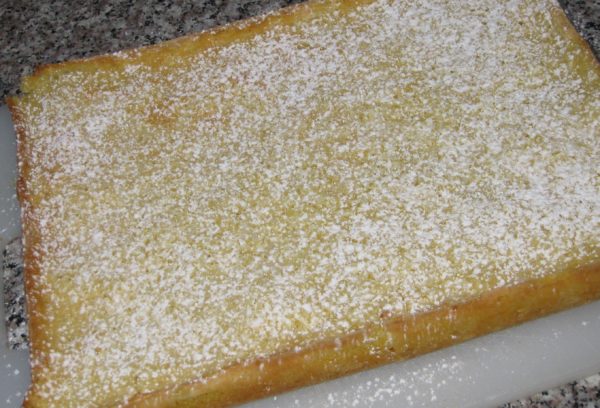
| Prep Time | 25 minutes |
| Cook Time | 30 minutes |
| Passive Time | 12 hours |
| Servings |
bars
|
- 2 cups flour
- 1/2 cup powdered sugar
- 1 lemon zest only
- 1 cup butter
- 4 large eggs
- 2 cups sugar
- Pinch salt
- 1 lemon zest only
- 1/4 cup all purpose flour
- 1 teaspoon baking powder
- 9 tablespoons fresh lemon juice strained well to remove all pulp (½ cup plus 1 tablespoon)
- 3/4 cup sweetened flaked coconut optional
- Powdered sugar to dust
Ingredients
Crust
Topping
|

|
- Butter a 9" x 13" pan.
- Line the buttered pan with buttered parchment, allowing the parchment to overhang the sides of the pan a few inches in all directions.
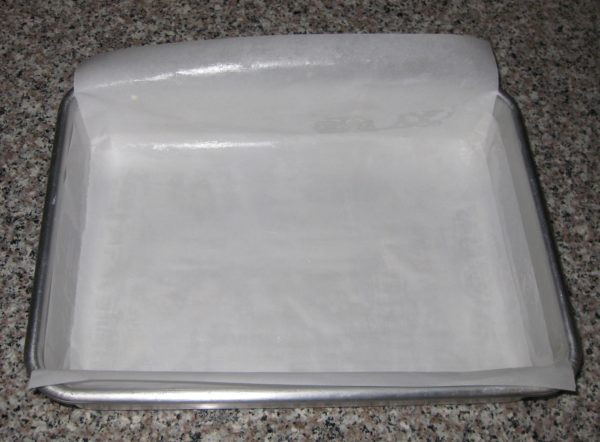
- Pulse flour, sugar and zest in food processor until combined.
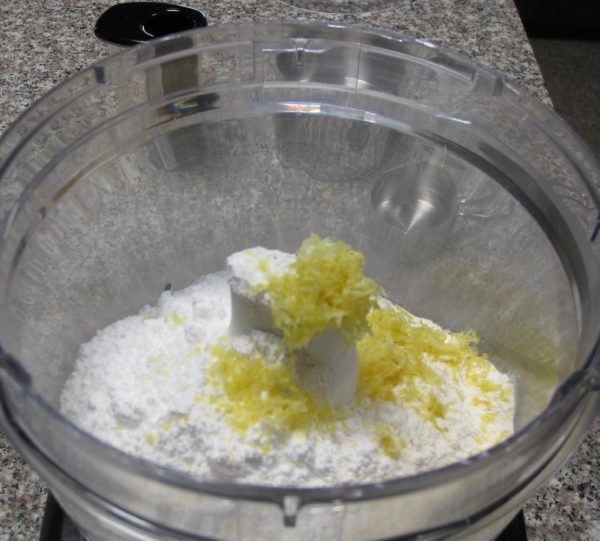
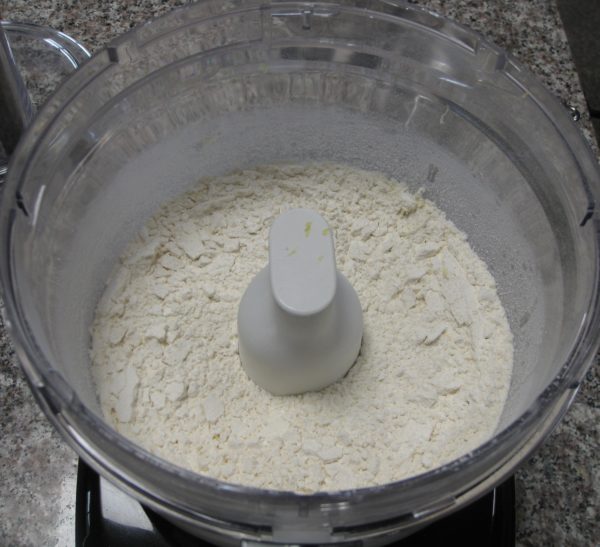
- Add cold butter, cut in small cubes. Briefly pulse until mixture forms coarse crumbs.
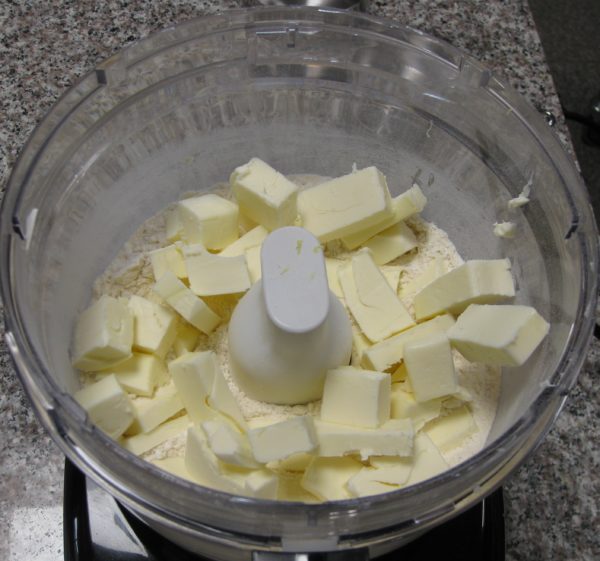
- Press the crust mixture into the prepared pan.
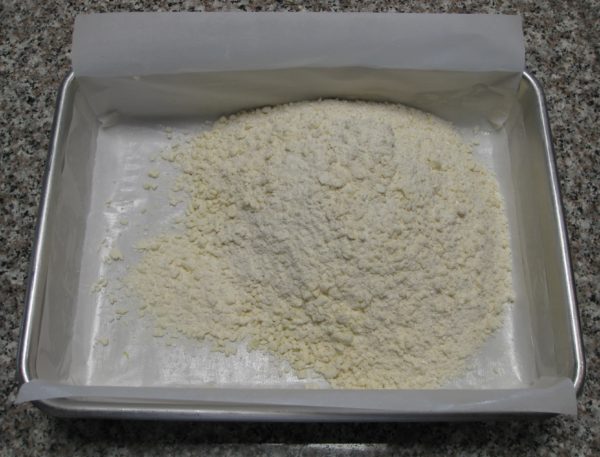
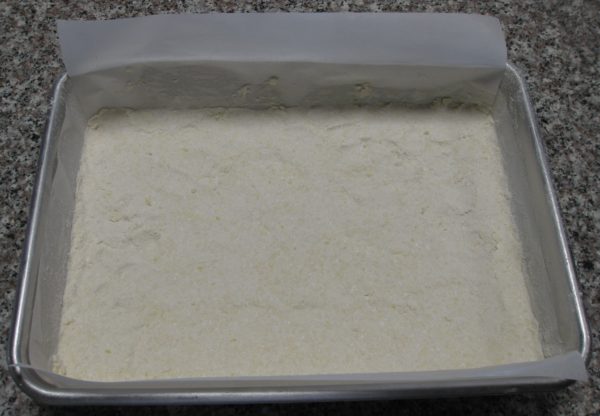
- Bake at 350°F for 20 minutes until lightly brown.
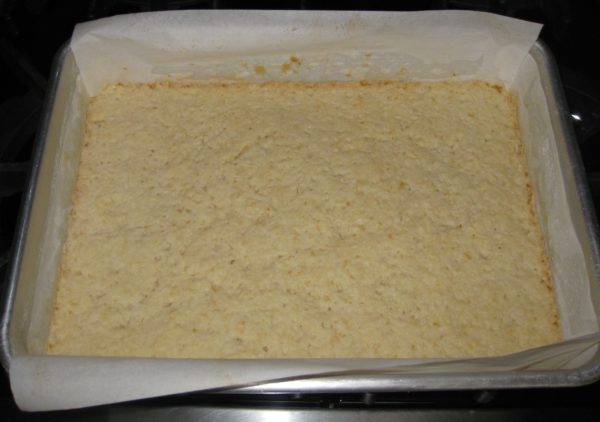
- As soon as the crust is out of the oven, make the topping.
- Whisk the eggs to combine.
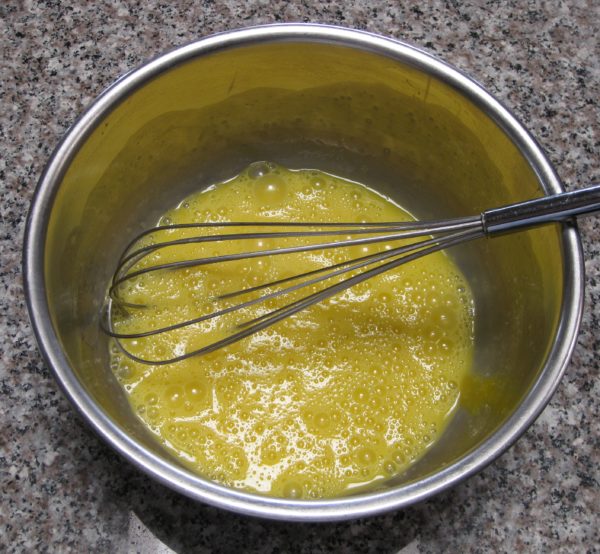
- Whisk in sugar, salt and lemon zest until light yellow.
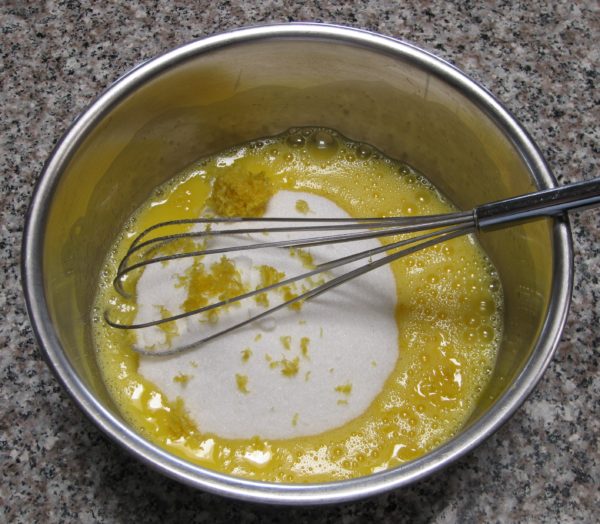
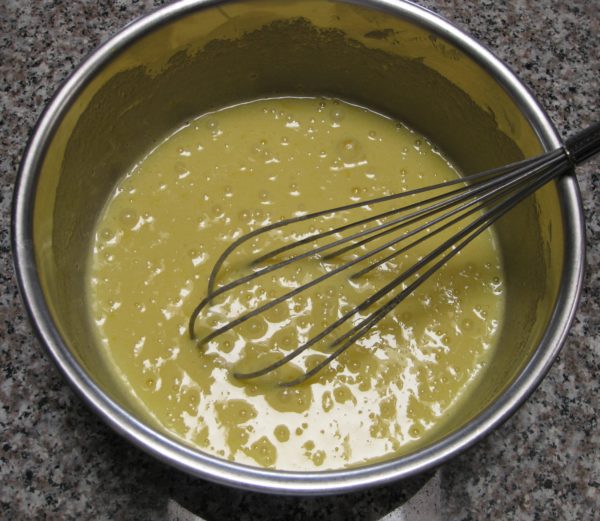
- Whisk in flour and baking powder.
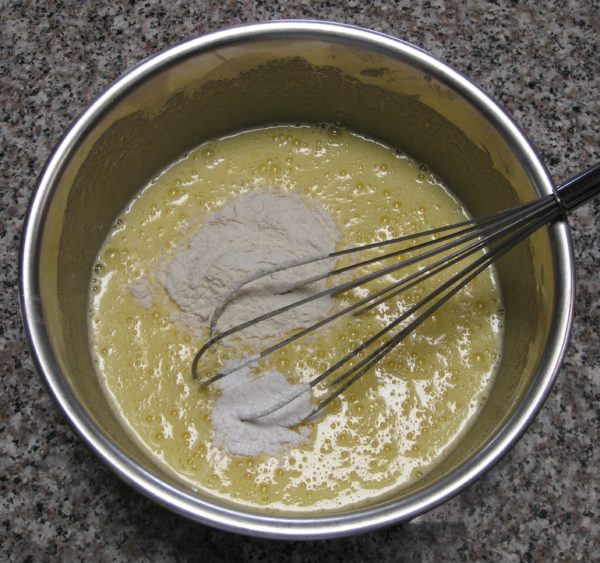
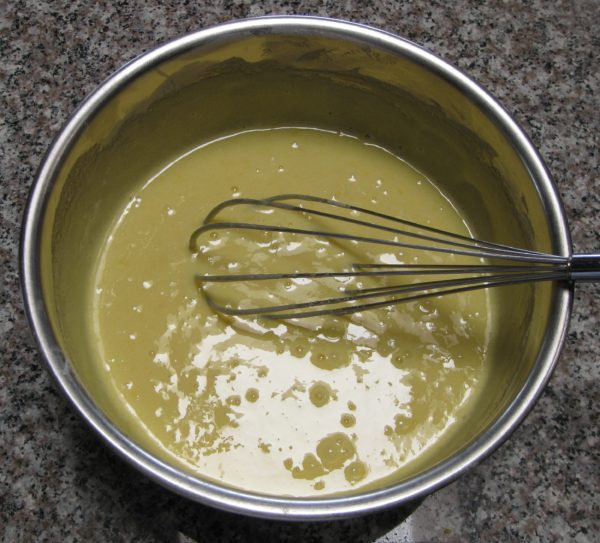
- Add strained lemon juice and mix well.
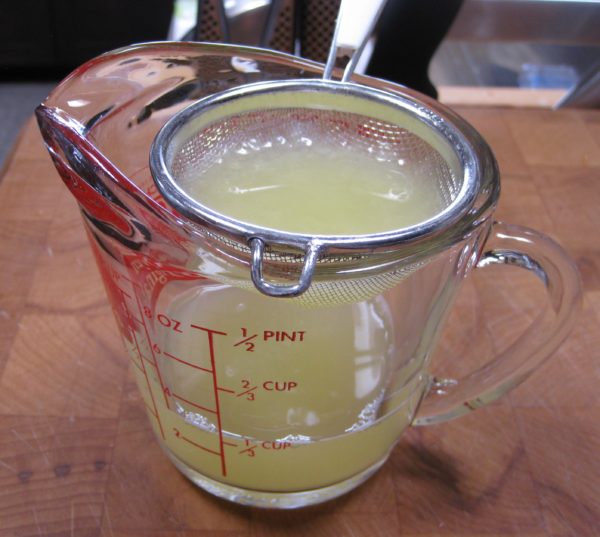
- Pour over the warm crust.
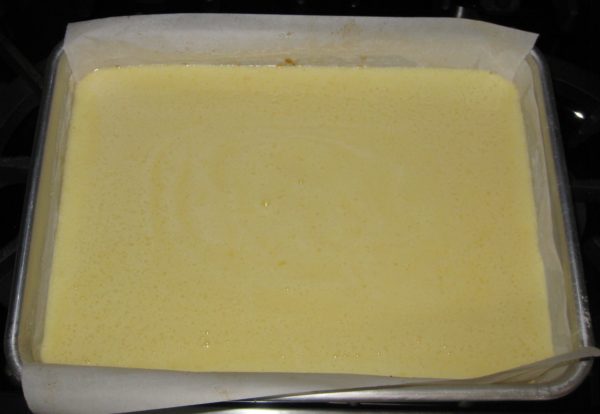
- Sprinkle with coconut, if using.
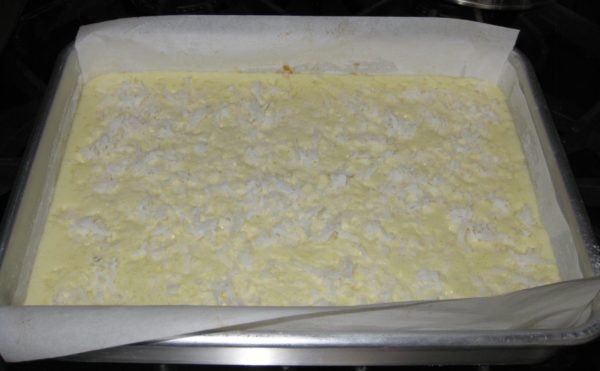
- Bake at 350°F for 20-25 minutes, until golden brown.
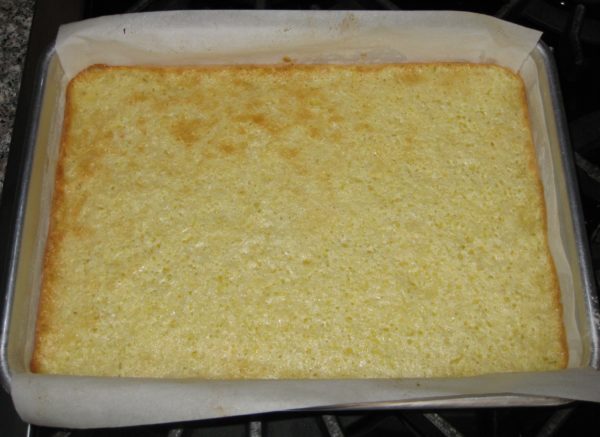
- Cool on a rack to room temperature.
- Cover the baking pan and refrigerate overnight or until cold and firm.
- Using the edges of the parchment, remove the cooled pastry from the pan.
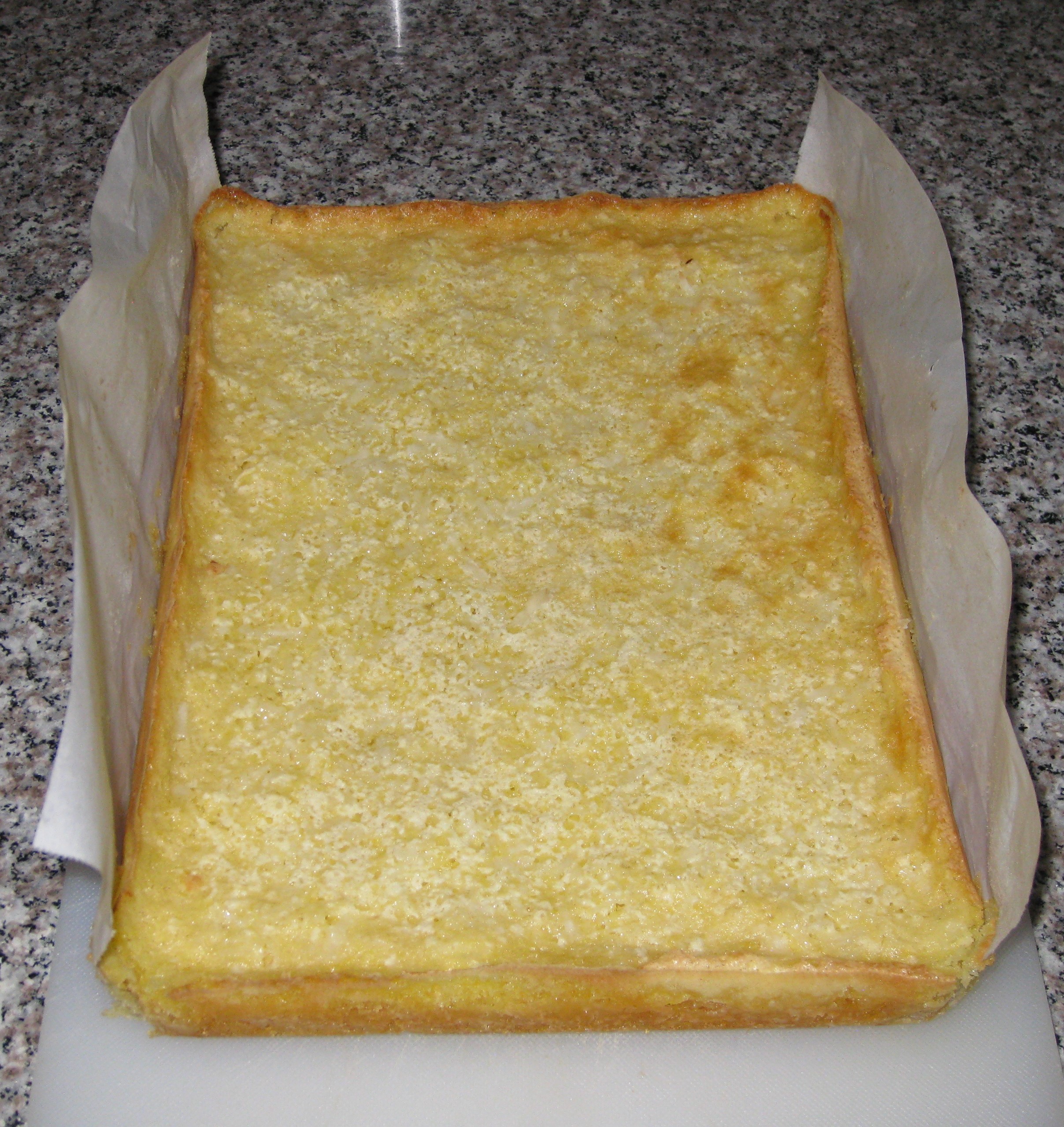
- Cut into squares. Dust with powdered sugar just before serving.

Copyright © 2018 by Villa Sentieri, LLC. All rights reserved.

